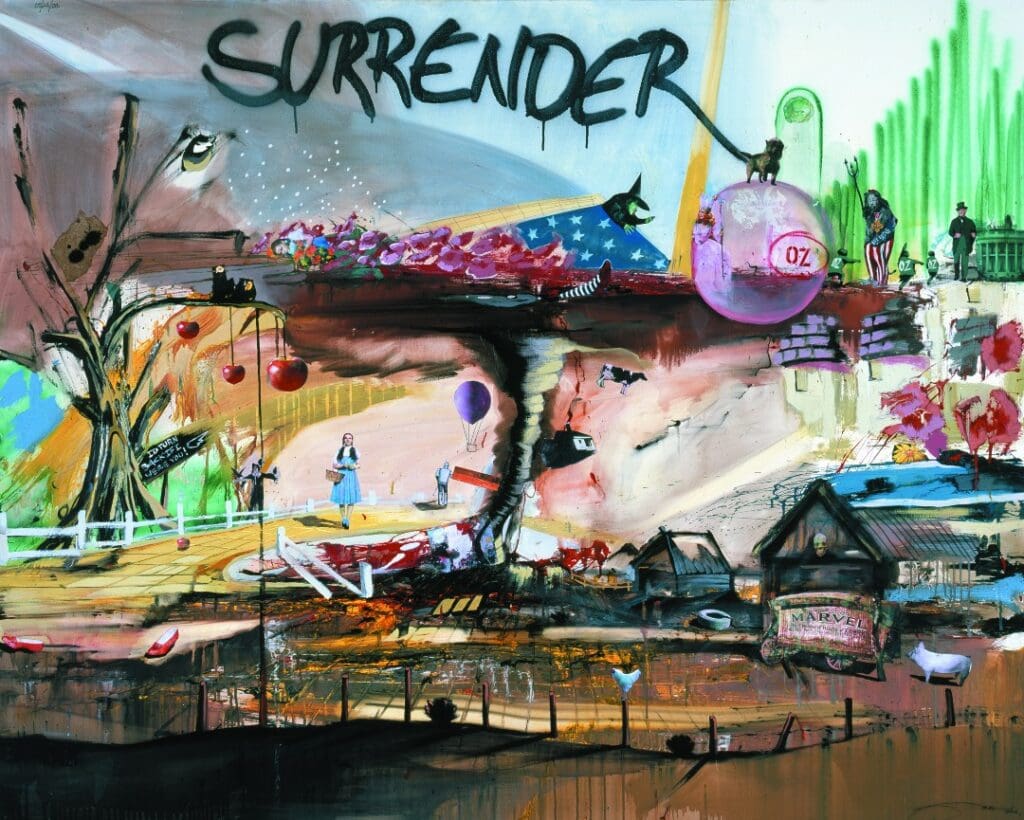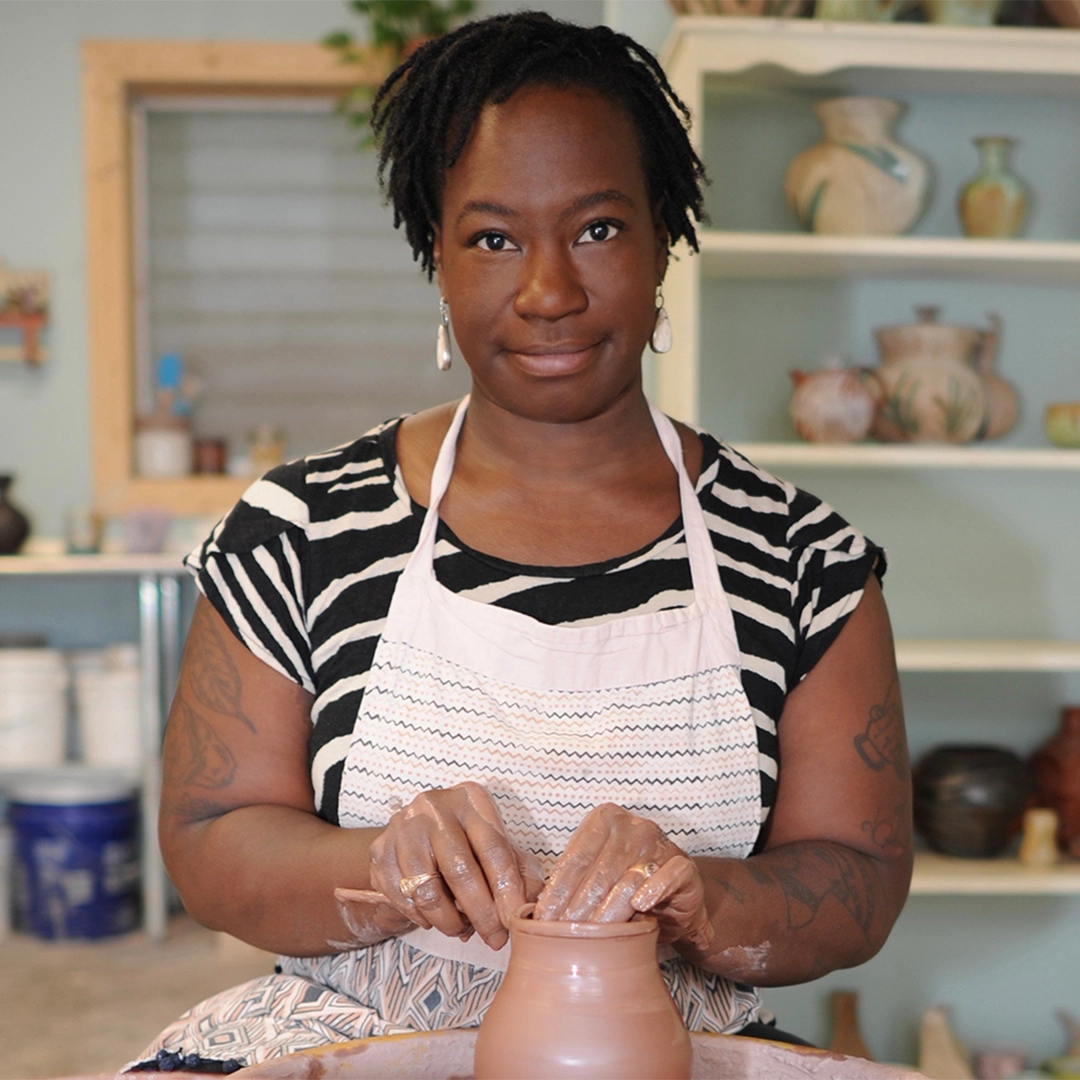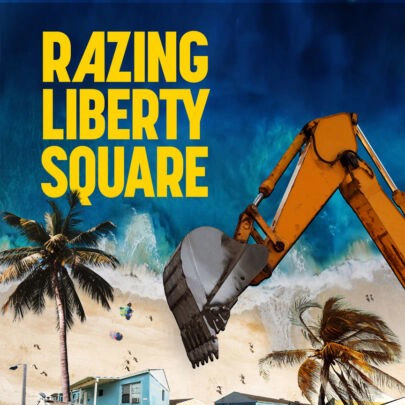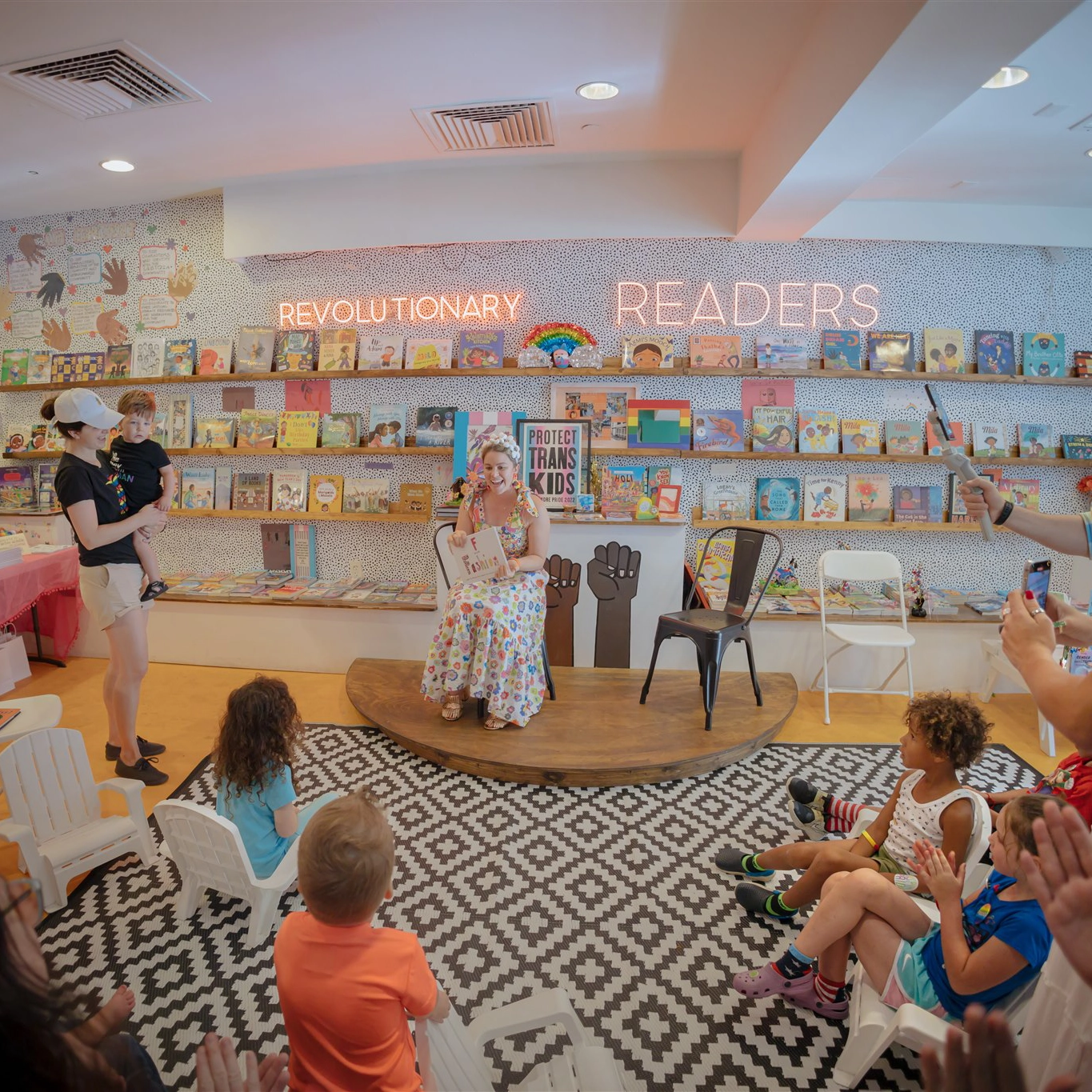Marcus Jansen: From the Battlefield to the Smithsonian
How the Fort Myers-based artist's combat service inspires his bold, impactful artwork.

Marcus Jansen describes painting as an intimate act of war.
He knows plenty about both.
Jansen enlisted in the Army at 21 and went to war as a private at the age of 22. Desert Storm and Desert Shield. He saw the carnage with his own eyes. He knows what it feels like to fear for your life and the lives of your peers.
But for those who don’t know what that’s like, Jansen’s artwork gives them a glimpse. His paintings bear witness to the bloodshed through their distorted figures and tortured landscapes.
In the nearly 25 years since Jansen’s military service ended, the New York native and Fort Myers transplant, has worked his way to prominence in the cutthroat world of contemporary art. Jansen started out selling his paintings on street corners in Manhattan’s SoHo neighborhood, and now his work is housed in gallery exhibitions and museums around the world, including the Smithsonian Institution.

His journey to these walls of greatness began in an unexpected forum. Following nine months of service in the Middle East and another year stationed at the demilitarized zone between South and North Korea, Jansen was diagnosed with post-traumatic stress disorder. His treatment at Walter Reed National Military Medical Center in 1994 included art therapy.
“That art therapy program gave [soldiers] the opportunity to paint and draw,” Jansen said. “All of a sudden, wow, it just felt right.”
The experience reignited a forgotten passion in Jansen first sparked in grade school. As a 6-year-old at Public School 156 in Queens, Jansen entered a local art competition. His painting of a lion was selected for commendation and public display. The now 52-year-old Jansen tells the story with a willing relish and detail that makes obvious how proud he remains of the honor.
Today, he’s best known for his urban landscapes. Bold, forceful pictures with thick layers of oil paint put on by brush, brooms, rags and even the palms of his hands. His work is a mashup of abstract expressionism and graffiti art.
“It is difficult to categorize [Jansen’s work],” said Gisela Carbonell, curator at the Cornell Fine Arts Museum at Rollins College in Winter Park. The museum presents “E Pluribus Unum,” Jansen’s first solo exhibit at a U.S. museum, through January 3, 2021. “It is not activist art, although it is political in a way. It is contemporary while also addressing history. It is monumental in scale but rich with revealing details.”
His paintings address the global military industrial complex, the prevalence of surveillance in society, individual human tragedies resulting from war and human migration—all challenging topics Jansen requires viewers to personally reckon with. And while some may see them as a brazen political statement, the artist turns that interpretation on its head.

“I always see my paintings as anti-political,” he said. “They’re pro-human. They have nothing to do with a political agenda. They are trying to get people back to a sense of humanity.”
Jansen’s humanity was challenged during his eight years of military service, but he recognizes the impacts of his time in the Army are minor compared to what many of today’s soldiers are experiencing. He worries about the men completing multiple tours of duty in Iraq and Afghanistan, noting a “tour” lasts one year.
I always see my paintings as anti-political. They’re pro-human. They are trying to get people back to a sense of humanity.
— Marcus Jansen
“It’s not imaginable for your average American person,” he said. “One tour is insane in terms of what you experience. Six, seven tours? That, to me, is on the verge of almost criminal.”
Not only has Jansen married his military service with his artistic medium, but his passions have also spilled into philanthropy. The Marcus Jansen Foundation Fund assists community organizations in Southwest Florida that work with low-income residents to enhance their cultural awareness through art and music. His foundation also supports groups using art to help veterans diagnosed with PTSD.
But while paintbrushes and canvasses can be a therapeutic outlet for combat veterans returning home, Jansen believes the most powerful tool is even simpler.
“It is absolutely essential that we listen to these guys coming back,” he said. “Listening is key.”





